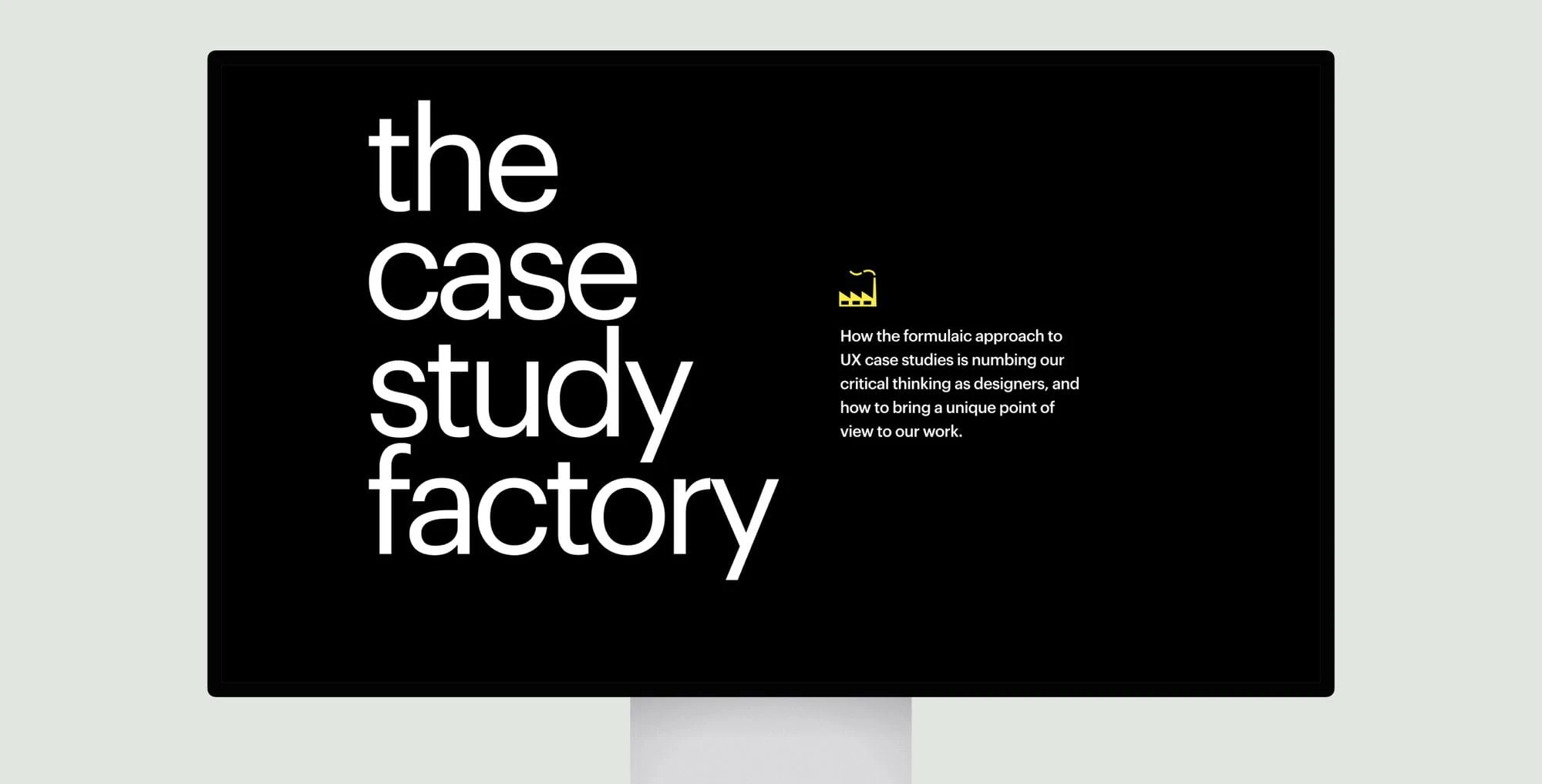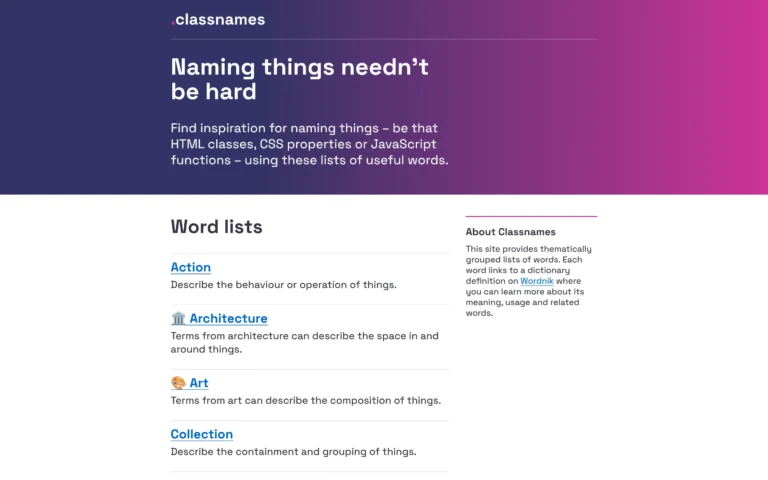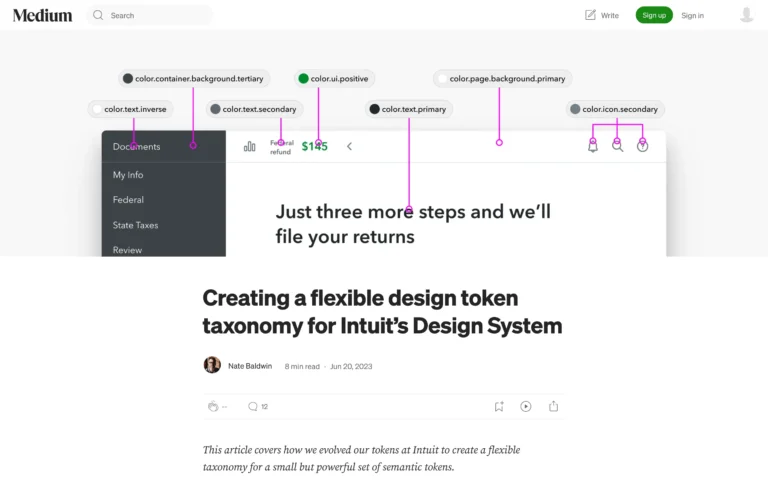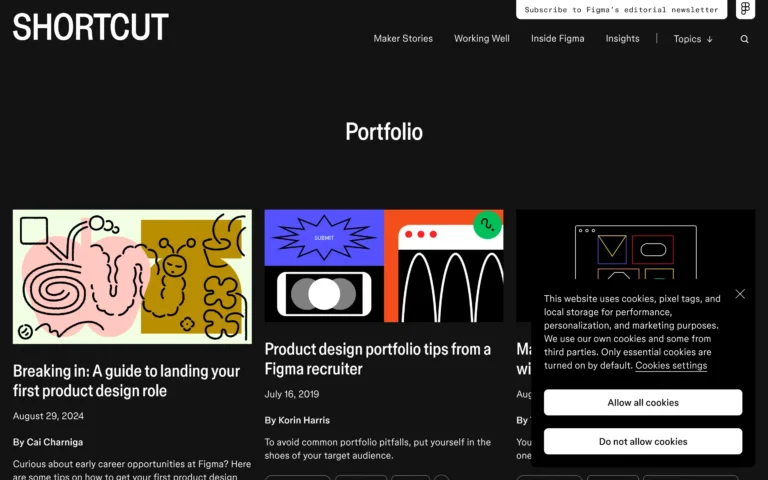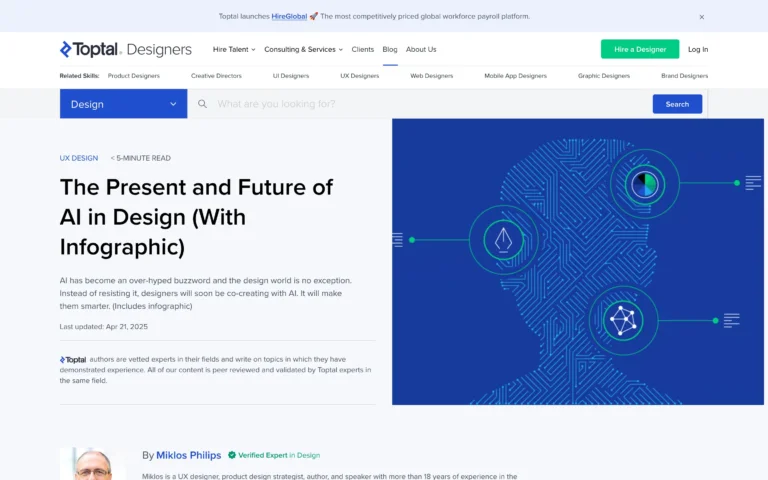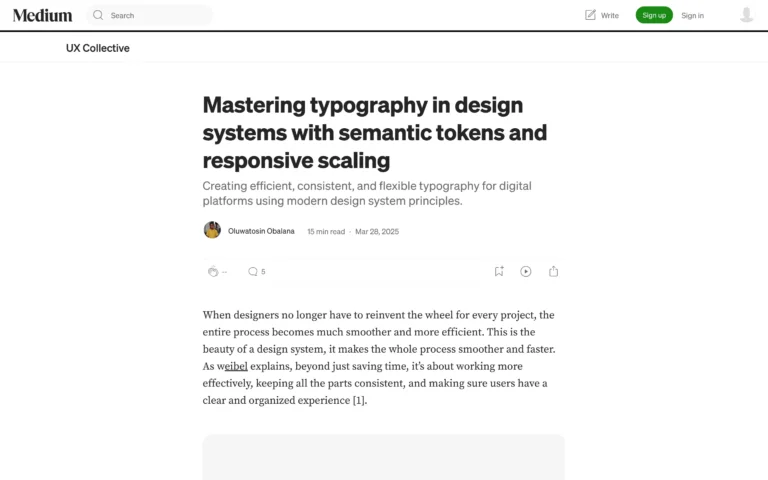The article discusses the prevalence of formulaic case studies in UX design education and portfolios. It notes that bootcamps and design programs often provide templates that lead students to structure case studies in very similar ways. This makes it difficult for hiring managers to differentiate candidates.
The piece interviews students and hiring managers to understand the issues. Students feel pressure from their programs to publish standardized case studies on platforms like Medium. Hiring managers have little time to review each portfolio and typically spend 30 seconds scanning each case study before moving on.
The article proposes some recommendations for students to make their work stand out. It suggests focusing case studies on personal areas of interest that match desired job roles. Students should use language tailored to specific company cultures and emphasize strongest skills over following rigid templates.
In summary, the content analyzes why so many UX case studies look the same, and how students can adapt their approach and storytelling to stand apart from the crowd when applying for jobs.
